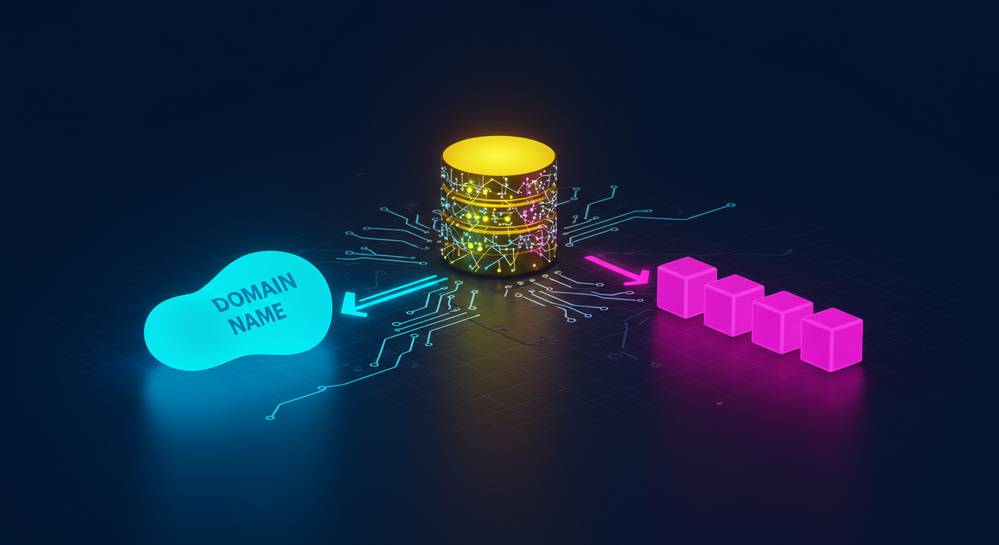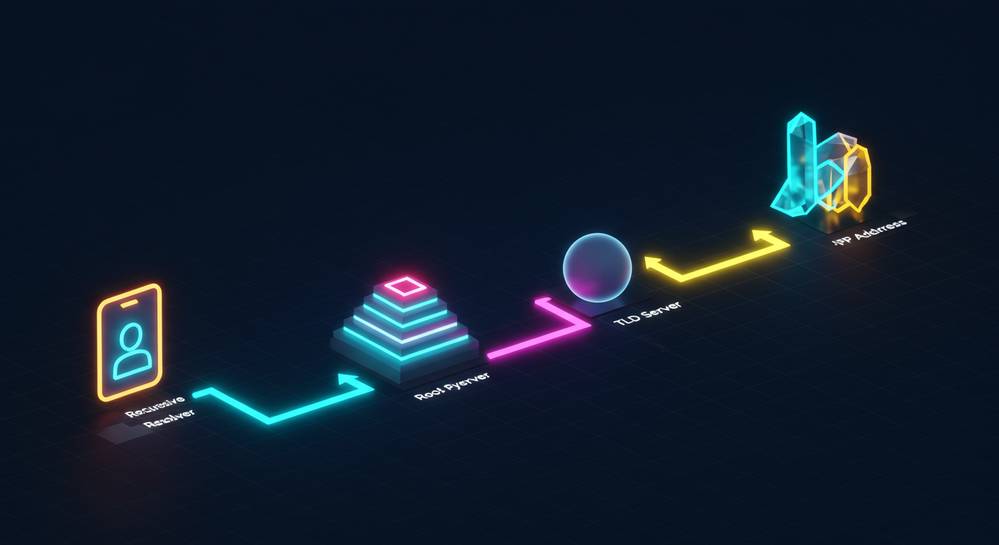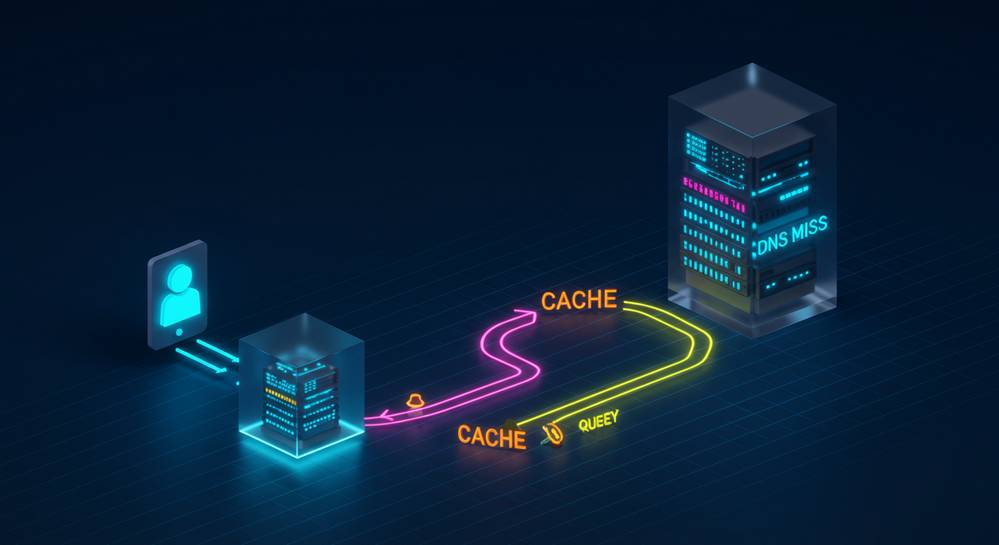Have you ever wondered what happens behind the screen when you type a website address into your browser? The magic that connects you to your destination is a system that works tirelessly in the background. Understanding how dns works in simple terms is the key to grasping how the internet is organized. It’s the foundational process that makes the web accessible and easy to navigate for billions of users every day.
What is dns and why is it important

How dns works in simple terms
DNS, or Domain Name System, acts as the internet’s universal translator. It converts human-friendly domain names like ModernTechera.com into computer-readable IP addresses. This process is fundamental because computers navigate the web using numbers, not words. Without DNS, accessing any website would require memorizing a complex string of digits, making the internet impractical for daily use.
The importance of DNS extends beyond simple convenience. It provides crucial flexibility, allowing websites to change servers and IP addresses without affecting how you find them online. The system is also built for speed. By temporarily storing, or caching, previous lookups, DNS reduces latency and makes your browsing experience significantly faster and more seamless. This efficiency is a cornerstone of the modern internet.
This invisible process underpins nearly every online action, from sending an email to streaming video. It is the silent, essential infrastructure that makes the internet user-friendly and scalable. Understanding DNS is key to grasping how the internet functions, including the core concepts behind how blockchain enables Web3 functionalities.
The four key servers in the dns lookup process
The key servers in the dns lookup process
The DNS lookup process relies on a highly efficient relay between four types of servers. This chain of command is the core of how DNS works, translating a domain name into an IP address in milliseconds. Each server has a specific job, passing the request along until the final answer is found, much like a specialized assembly line.
- DNS Recursor: This is the first point of contact for your device. Usually operated by your Internet Service Provider (ISP), the recursor receives your query and acts as an agent, hunting down the correct IP address from other servers.
- Root Nameserver: If the recursor doesn’t have the answer cached, it asks a root server. This server sits at the top of the DNS hierarchy. It doesn’t know the final IP but points the recursor toward the correct TLD nameserver.
- TLD Nameserver: The Top-Level Domain (TLD) server manages domains by extension, like .com or .org. It takes the query from the recursor and narrows the search, directing it to the specific server that holds the domain’s information.
- Authoritative Nameserver: This is the final authority. It holds the definitive record for the domain and provides the recursor with the exact IP address, completing the lookup. This decentralized system is a foundational internet concept, similar to understanding what blockchain is and how it works.
A step-by-step look at the dns query journey

Understanding how DNS works in simple terms becomes clear when you trace the path of a single request. This entire journey, from typing a domain name to a page loading, happens in milliseconds. It is a seamless, invisible process that involves a rapid sequence of queries and responses between the key servers we have discussed.
The process unfolds in a logical, step-down fashion:
- The Request: You type a domain into your browser. Your computer sends a query to the DNS Recursor, asking for the corresponding IP address.
- The Referral Chain: The Recursor first queries a Root Nameserver. The root server refers it to the correct TLD Nameserver (like .com). The TLD server then refers it to the domain’s specific Authoritative Nameserver.
- The Final Answer: The Authoritative Nameserver provides the definitive IP address to the Recursor. The Recursor returns this address to your browser, which can now establish a direct connection with the website’s server.
This lightning-fast, hierarchical lookup is the backbone of web navigation. It is a foundational protocol that enables everything we do online, including the evolution toward new internet structures like undefined.
Dns caching and common dns issues

Dns caching for speed and efficiency
To avoid repeating the full lookup process for every visit, DNS information is temporarily stored in a cache. This is a core part of how DNS works in simple terms to make the internet faster. Caching can occur at multiple levels, from your browser to the DNS Recursor. When you revisit a site, your device can retrieve the IP address from this memory, loading the page almost instantly instead of starting the query from scratch.
Common dns issues explained
Despite its reliability, DNS can face problems. A common error is a DNS server not responding message, which means your device cannot contact the recursor. Another key concept is DNS propagation. When a website’s IP address changes, it can take up to 48 hours for the update to spread across global servers. During this period, some users might be directed to the old IP while others see the new one, causing temporary inconsistencies.
The Domain Name System is a brilliant, decentralized hierarchy that functions as the internet’s backbone. While it seems complex, its core job is simple: matching human-friendly names to machine-readable numbers. This process enables seamless browsing and is a cornerstone of the modern web. To explore more foundational tech topics, visit Modern Techera and stay ahead of the curve.



